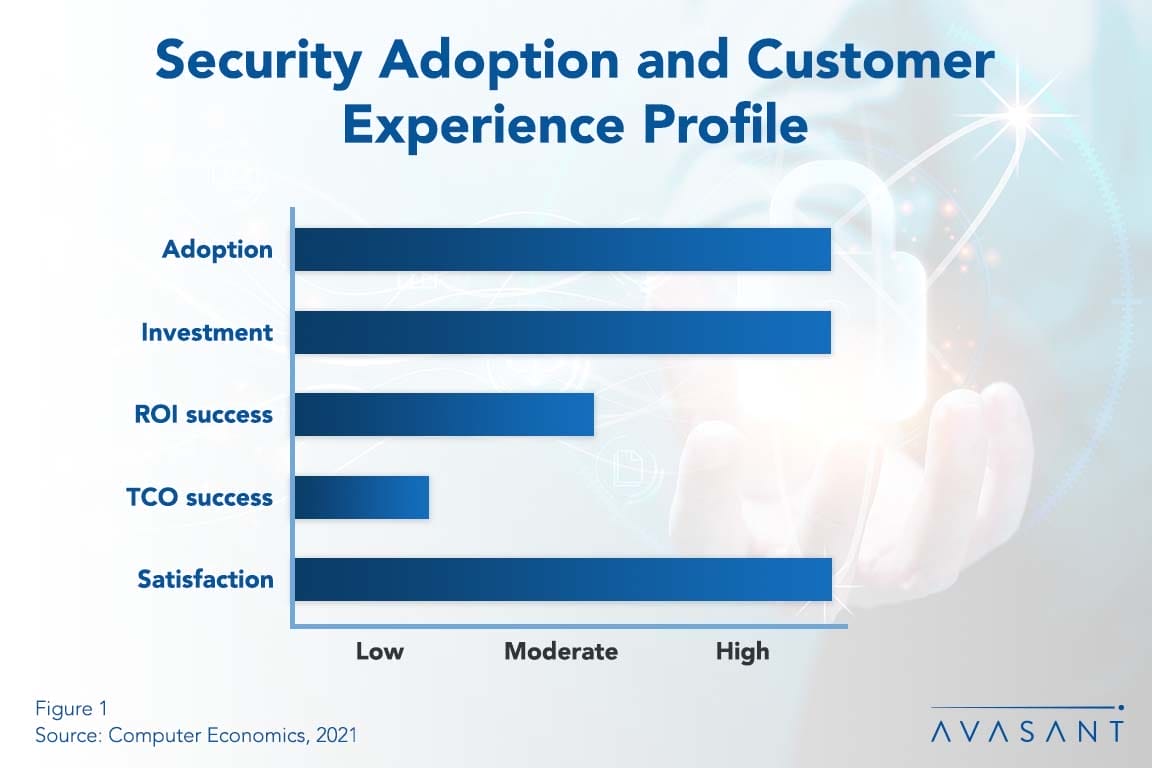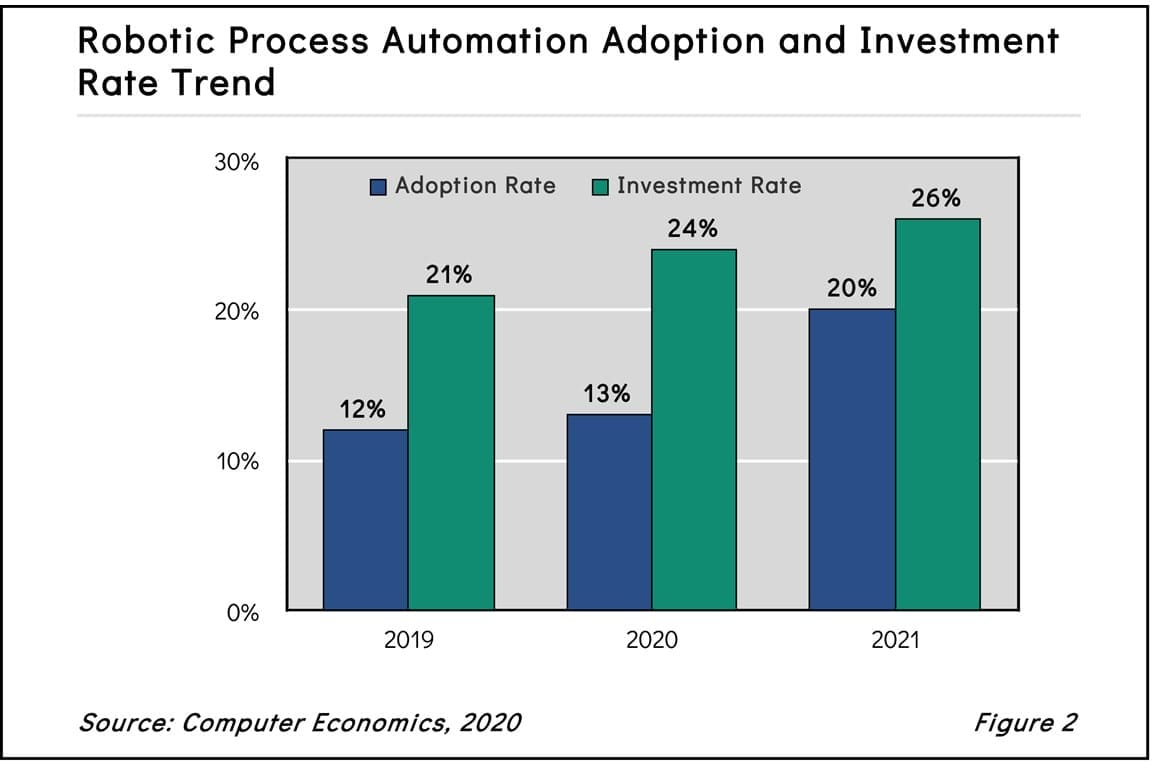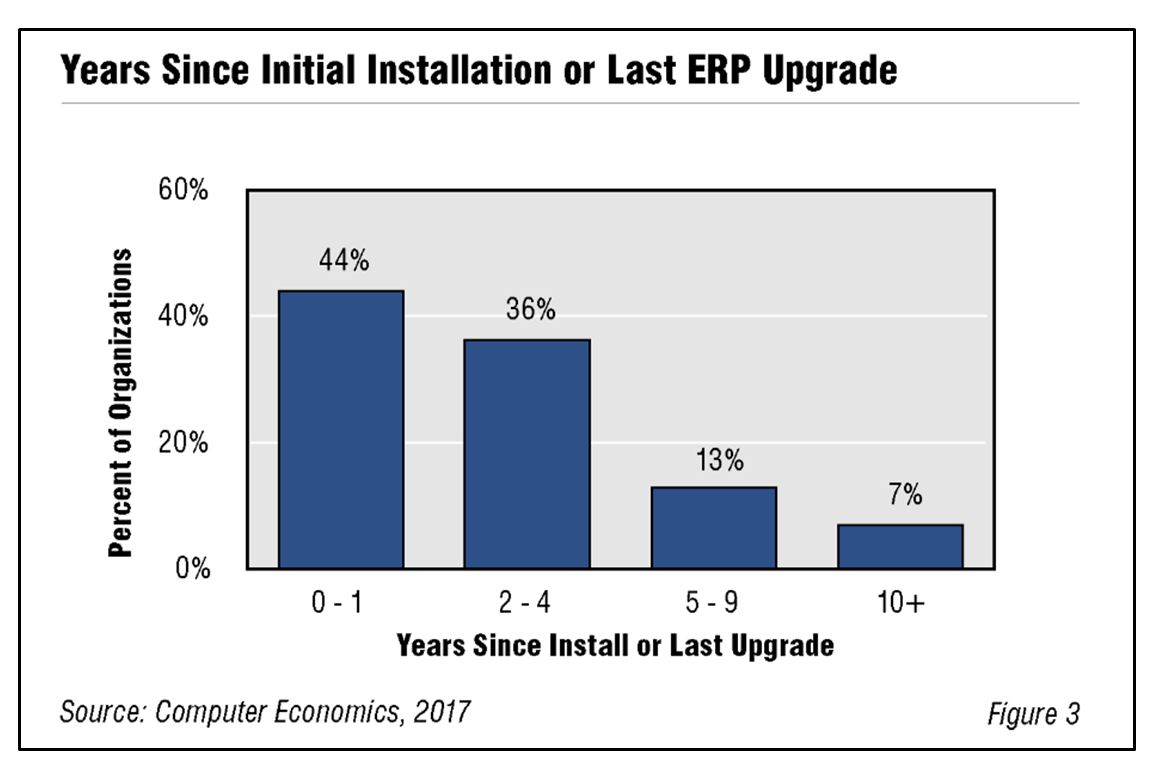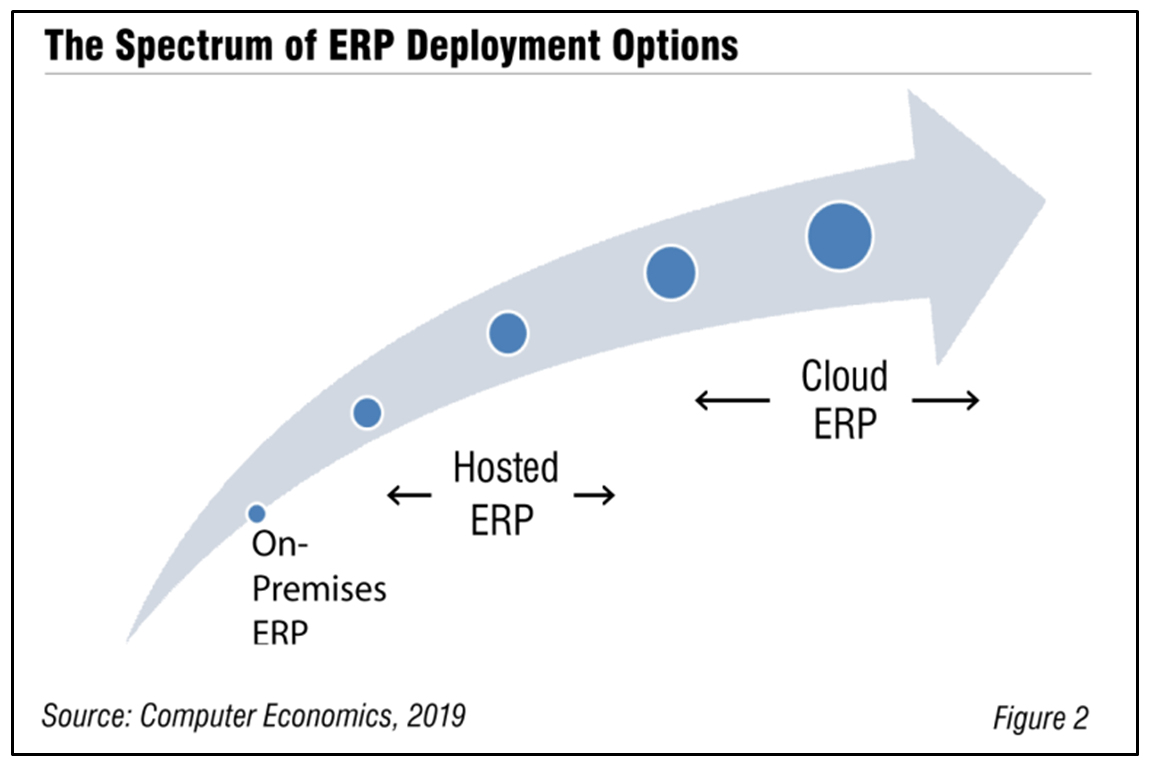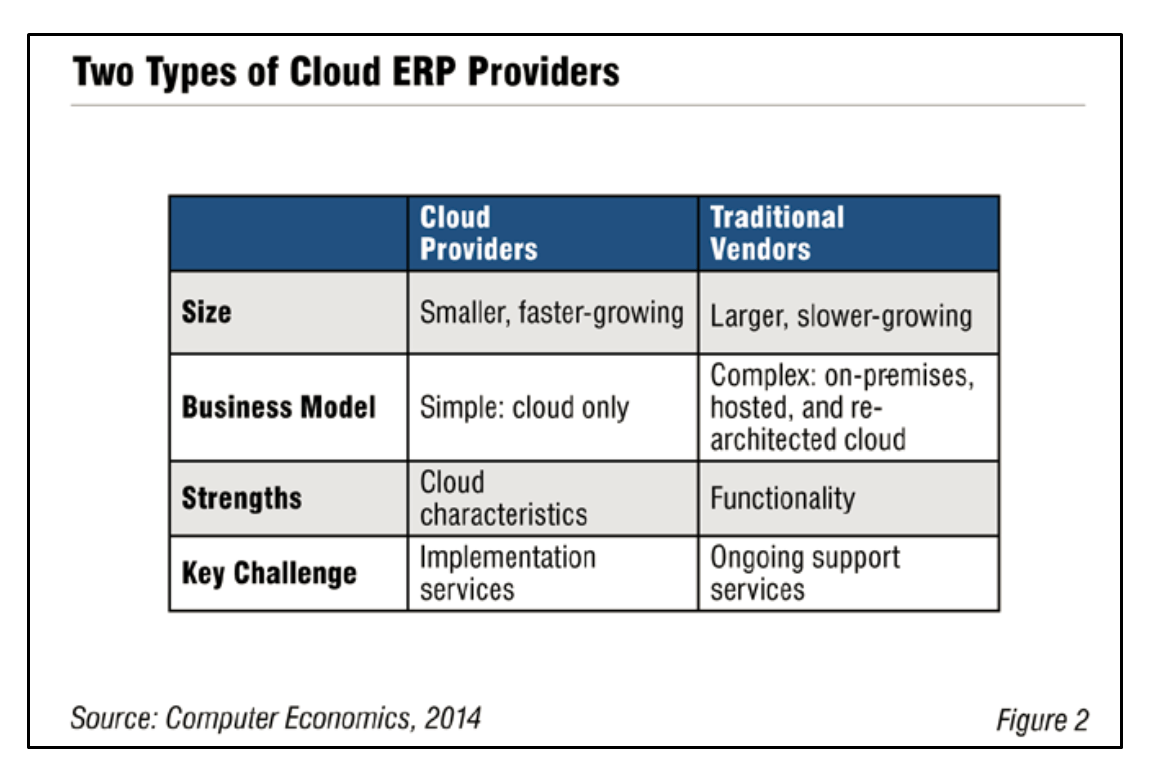Latest Reports
-

HCM Adoption Trends and Customer Experience 2021
Human capital management (HCM) systems are becoming increasingly essential as business leaders recognize that success depends on recruiting and retaining the best people. But while the adoption rate for HCM systems is high, there are challenges in deploying them. This report quantifies the current adoption and investment trends for HCM technology as well as the benefits driving companies to expand their HCM implementations. We assess these trends by organization size, sector, and geography as well as the ROI and TCO experiences of adopters. We conclude with practical advice for planning new investments in HCM systems.
November, 2021
-

IT Security Technology Adoption and Customer Experience 2021
Organizations in all industries and of all sizes need IT security technology, and with threats on the rise the investment rate is the highest of any category of technology that we track. However, return on investment is not as rosy, with security technology earning a moderate rating for ROI. This report examines adoption trends for IT security technology of all types, from basic capabilities such as firewalls and spam filtering to more advanced tools such as incident detection. We analyze the adoption rate, investment rate, and economic experience for security technology overall. We conclude with recommendations for ensuring the success of IT security technology investments.
November, 2021
-

Business and Data Analytics Adoption and Customer Experience 2021
IT organizations continue to devour data at unprecedented rates, and adoption and investment in business and data analytics tools are reaching new highs. But there are some headwinds that could slow that growth. This report examines adoption and investment trends for business and data analytics of all types, providing insight into how many organizations have the technology in place, how many are implementing it, and how many are expanding investments in new capabilities. To give additional insight, we look at the ROI and TCO experience of those that have adopted the technology. Finally, we recommend steps for a successful implementation.
November, 2021
-

ERP Adoption Trends and Customer Experience 2021
Enterprise resource planning (ERP) systems have long been one of the most adopted and mature technologies we track, and new investment in ERP systems also remains relatively high. This study helps IT executives understand how aggressively their peers are investing in ERP and the risks and rewards presented by those investments. We report adoption and investment rates by sector and organization size. We also measure customer experience in terms of the success rates for return on investment and total cost of ownership. We identify the functional areas where organizations are planning or considering making new investments in ERP. We also examine where ERP systems are deployed as well as their typical age and length of time between version upgrades. We wrap up with recommendations for improving the ROI of ERP.
August, 2021
-

Robotic Process Automation Adoption Trends and Customer Experience 2021
Robotic process automation (RPA) is the use of software “robots” to automate processes that are normally performed by clerical or administrative users. This report provides an overview of RPA adoption and investment trends, providing data on how many organizations have solutions in place, how many are in the process of implementing it, and how many are expanding implementations. We also look at the return on investment (ROI) experience, total cost of ownership (TCO) experience, and considered or planned uses for new RPA investments. We conclude with important principles to apply in planning and implementing RPA solutions.
June, 2021
-

IoT Adoption Trends and Customer Experience 2021
The Internet of Things (IoT) is a maturing technology, and for many years it has promised benefits such as lower labor costs and better tracking of assets. But investments in IoT projects are stuck at a relatively low rate. This report provides an overview of IoT adoption and investment trends, providing data on how many organizations have the technology in place, how many are in the process of implementation, and how many are expanding implementations. We also look at the return on investment experience, total cost of ownership experience, and considered or planned uses for new IoT investment. We conclude with important principles to apply in planning and implementing IoT systems.
March, 2021
-

Avoiding Technical Bankruptcy in Legacy Systems
Technical debt is a term that describes the consequences of a system that has become out of date because of accrued unapplied updates. But if an organization continues to take on technical debt, the system becomes a true legacy system, falling into a state we describe as “technical bankruptcy.” In this report, we identify the symptoms of technical bankruptcy and the devastating effects that it has on the organization.
March, 2017
-

The Differences Between Cloud and Hosted ERP, and Why They Matter
Cloud ERP has been rapidly gaining ground, and many traditional ERP vendors have responded with hosted versions of their on-premises systems. This report explores the defining differences between cloud and hosted ERP and why these differences matter in terms of the benefits that customers can expect to receive from each.
January, 2019
-

The Economic and Strategic Benefits of Cloud Computing
Does SaaS save money? Based on our latest survey, we find organizations that have largely migrated to the cloud spend less on IT as a percentage of revenue and on a per-user basis. Savings come not only from a reduction in data center spending, but also from lower IT personnel costs.
April, 2016
-

Understanding Cloud ERP Buyers and Providers
Not all ERP systems that are labeled “cloud” are the same. At the same time, vendors need to realize that not all ERP buyers are the same. The study provides an overview of ERP cloud vendors and describes the two major categories of buyers in this market: first-time buyers looking for their first ERP systems and established companies replacing their legacy systems.
August, 2014
-

SaaS Adoption Trends and Customer Experience 2020
Software as a service is everywhere, and nearly all new software deployments are SaaS. It is time to stop thinking of SaaS as a growing technology and think of it as a mature incumbent. This report quantifies the current investment trends for SaaS and identifies the benefits driving companies to expand their SaaS implementations.
September, 2020
-

Mobile App Adoption and Customer Experience 2020
The quest for a fully mobile enterprise continues with increasing adoption in mobile applications. This report provides an overview of mobile application adoption and investment trends, providing data on how many organizations have the technology in place, how many are in the process of implementing it, and how many are expanding implementations.
April, 2020









